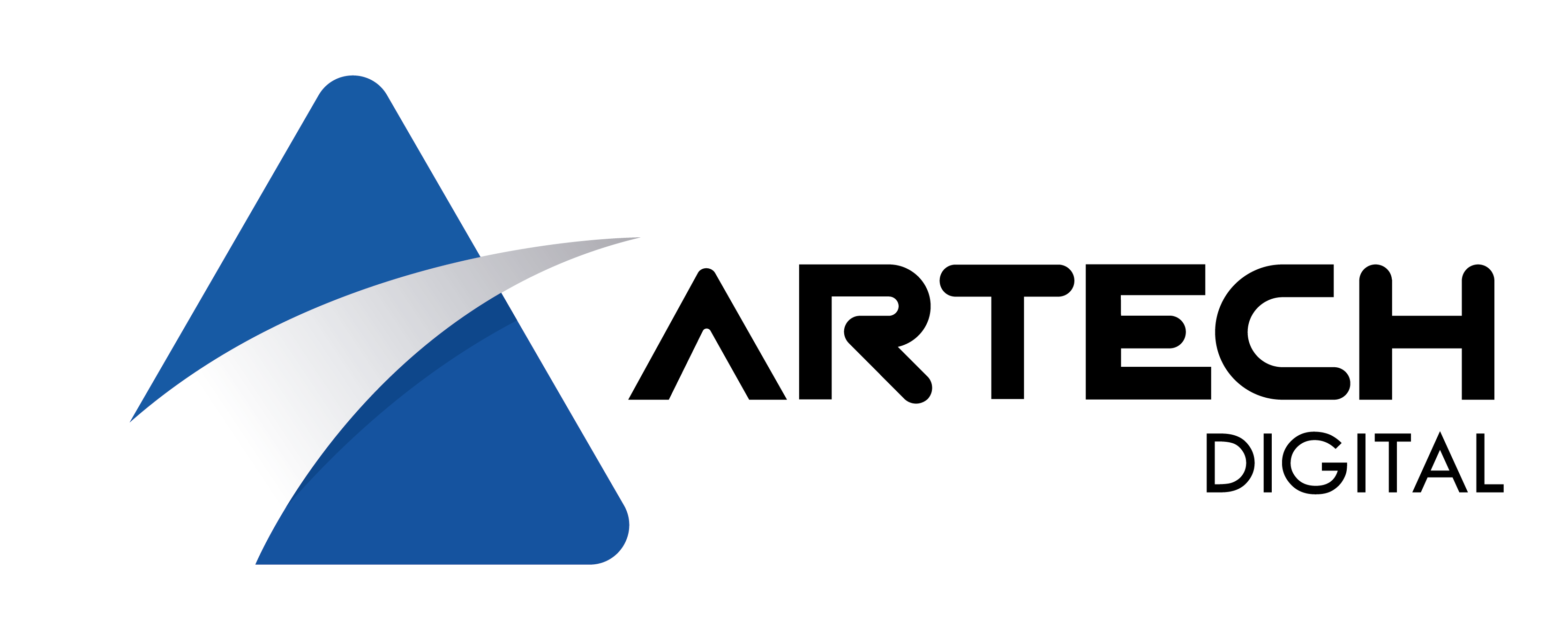Preserving content on social media is the premise that you don’t have to write or produce all the content you publish.
Content preservation is finding content that your audience will find important or useful, and repositioning it in a way that serves both your organization and your audience.
To edit the content your audience will enjoy, start by reviewing your email newsletters, searching social media, following relevant hashtags or other keywords and signing up for Google Alerts to get the relevant terms.
Save that content for future use: use a slider file or your social media management system. Prepare it to be added to your social media and content calendar in the future.
Why should you create content for social media?
A key benefit of keeping content on Social Media is that it helps you keep up with the demands of social media algorithms and the frequency of content you need.
For example, the average life of any tweet is less than 20 minutes. If your goal is to be present in your audience’s Twitter or other feeds; and your content expires within 20 minutes, then you need enough content to share every hour of the time you want to be present in your audience’s feed.
It’s almost impossible to create 12 or 24 pieces of content a day without taking advantage of content retention, such as retweeting content or republishing a link, photo, video or other great piece of content you’ve found.
What are the keys to proper content preservation?
Preserving content on social media should be useful and relevant to your audiences. While it’s fun to cure cat memes; your audience may own horses, and the cat media won’t really talk to them, that kind of content is irrelevant. Soon, you will be disconnected, your content will be less appealing, and the algorithms will adjust the way the content is displayed accordingly.
The content you cure has to be as relevant and informative as any content you want to publish. Also, you don’t want to simply link to someone else’s content. You need to add context around the reason you are sharing it.
For example, if you are writing content for an e-mail newsletter, you can include one or two introductory sentences that talk about why you have included a certain link or why someone should click on it.
The same goes for social media. If you are curating and sharing, take the time to explain why it is relevant and why it caught your attention and… Use 140 characters or the space in the captions to explain why. That gives you the opportunity to put your own opinion on the content, whether you agree or not.
This post is also available in:
 Español (Spanish)
Español (Spanish)















